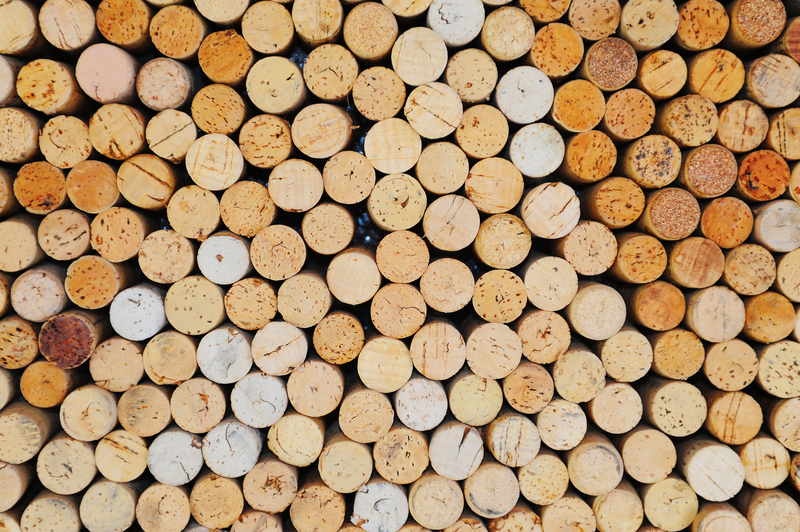Pioneering Ways to Tackle Microplastic Pollution
The issue of microplastic pollution has emerged as a significant environmental crisis, impacting ecosystems and human health worldwide. Originating from the breakdown of larger plastic waste and manufacturing processes, microplastics have infiltrated every corner of the globe, from the depths of the oceans to the peaks of the mountains. This article explores insightful and groundbreaking strategies to combat the tide of microplastic pollution.
Understanding Microplastic Pollution
Microscopic in size yet massive in impact, microplastics are particles less than 5mm in diameter. They are present in water bodies, soil, and air, posing threats to wildlife and entering the human food chain. Tackling this insidious form of pollution requires innovative, multi-faceted approaches.
Sources of Microplastics
Microplastics originate from various sources, including:
- Primary microplastics: Directly released as small particles, such as microbeads in cosmetics and industrial abrasives.
- Secondary microplastics: Result from the degradation of larger plastic waste due to environmental factors like sunlight, heat, and wave action.


Innovative Solutions to Curb Microplastic Pollution
1. Advancements in Filtration Technologies
One promising avenue is the development of advanced filtration systems capable of capturing microplastics. Such technologies are being integrated into wastewater treatment plants to prevent these particles from entering rivers and seas.
- Nanofiltration and Ultra-filtration: Utilizing membranes with pore sizes small enough to trap microplastics but allow water molecules to pass through.
- Electrostatic Filters: Capitalizing on the static charge to attract and capture plastic particles.
2. Biodegradable Materials and Alternatives
The shift towards biodegradable plastics holds promise. By reducing reliance on conventional plastics, the influx of microplastics from degraded materials can diminish. Initiatives include:
- Polylactic Acid (PLA): Derived from renewable resources, this material decomposes naturally under industrial composting conditions.
- PHA and PHB: Natural polyesters produced by microorganisms that are fully biodegradable.
3. Policies and Incentives to Mitigate Microplastic Release
Regulations play a crucial role in managing microplastic pollution. Governments worldwide are enacting legislation to curtail the release of microplastics, such as banning microbeads in personal care products.
- Extended Producer Responsibility (EPR): Ensuring that producers are accountable for the entire lifecycle of their products, encouraging design for deconstruction and recyclability.
- Plastic Taxes and Subsidies: Implementing taxes on virgin plastics and providing subsidies for research in alternative materials.
4. Public Awareness and Education
Raising awareness about microplastic pollution is a pivotal strategy. Educational campaigns can influence consumer behavior, encouraging reduced plastic use and proper disposal of plastic products.
- School Programs: Incorporating environmental science into curricula to foster an informed and proactive generation.
- Community Initiatives: Encouraging local clean-up drives and workshops on sustainability practices.
5. Innovative Research and Development
Research into the impacts and solutions of microplastic pollution is evolving. Some cutting-edge developments include:
- Microplastic-Degrading Microorganisms: Identifying and genetically engineering microbes capable of breaking down microplastics.
- Satellite and Sensor Technologies: Employing remote sensing for monitoring microplastic distribution and concentrations globally.
The Path Forward
Combatting microplastic pollution demands a collective effort. From technological advances to policy changes and public participation, every facet contributes to the broader goal of a cleaner planet. By pioneering these innovative strategies, we move towards not only mitigating microplastic pollution but fostering a sustainable future.
Conclusion
The strategies to tackle microplastic pollution are as diverse as the sources of the pollution itself. By embracing these approaches and striving for continual innovation and awareness, we can significantly reduce the effects of microplastics on our environment and health. The journey is challenging, but with collaboration and determination, overcoming this environmental challenge is achievable.